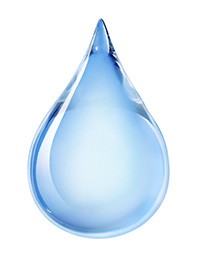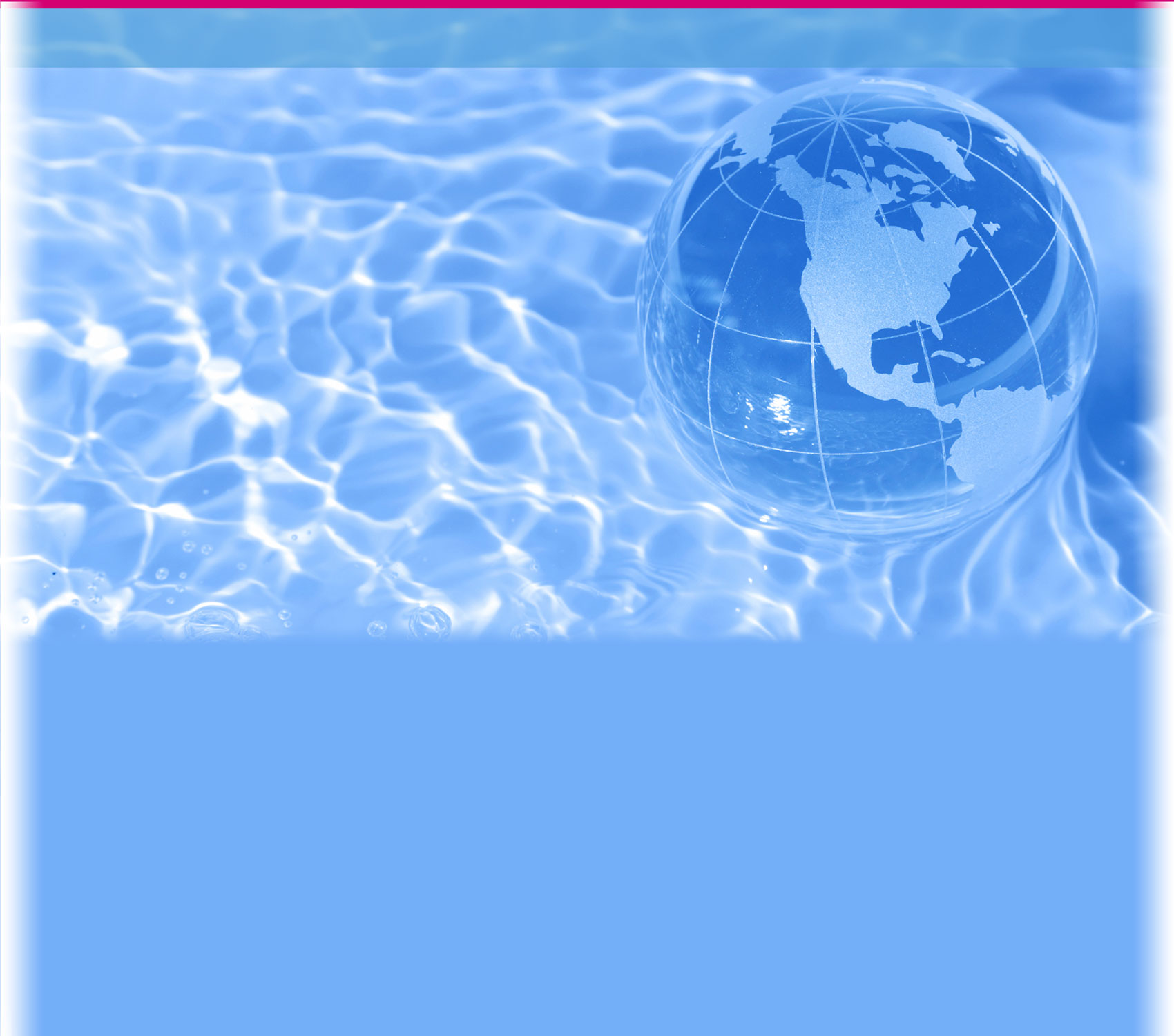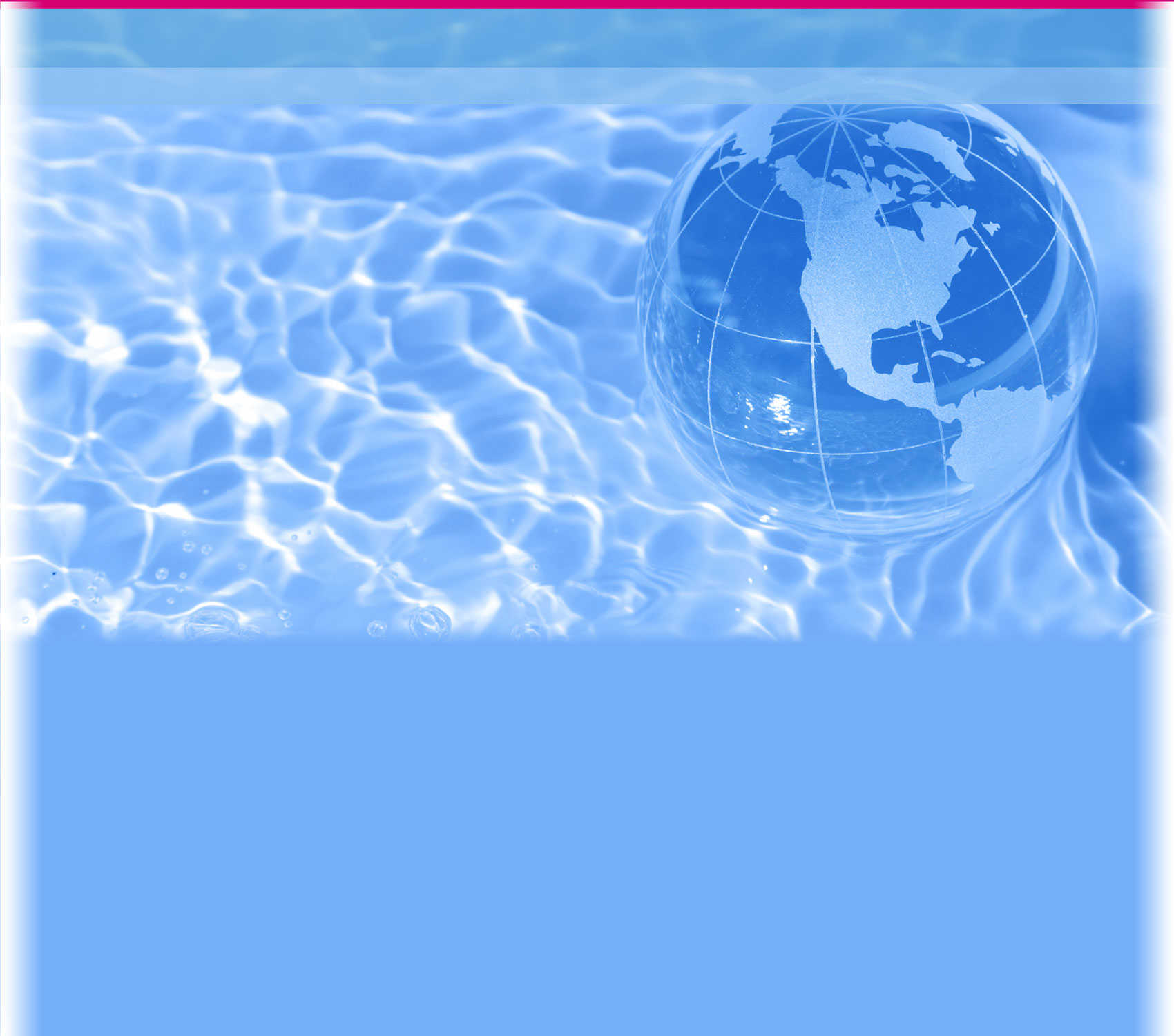Global Water Issues

Access to clean drinking water is a global issue.
If water is so important, why haven't world leaders made sure that everyone has access to clean water?
Explore the following reports and news articles to build your understanding of global water issues. As you explore, take notes in the chart on pages 2-3 of your Engineering Portfolio.
As you gather information, keep these questions in mind:
- What are the obstacles and issues surrounding greater access to clean water?
- What are the effects of inadequate access to clean water?
> United Nations Water Statistics
![]()
(from UN Water)
> UNICEF—Water, Sanitation and Hygiene
![]()
(from United Nations International Children's Emergency Fund)
> U.S. Intelligence Report Warns of Global Water Tensions (article)
![]()
(from the New York Times)
> Water Pollution (article)
![]()
(from the National Geographic)
> International Decade for Action ‘Water of Life’ 2005 – 2015
![]()
(from the United Nations)
> Millennium Development Goal drinking water target met (news release)
![]()
(from the World Health Organization)
Additional Resources:
> Improved Water Source Data
![]()
(from the World Bank)
Examine data from the World Bank that shed light on the inequity of clean water access. You may view the data in table, map or graph format by clicking each option on the page.
> The World’s Water
![]()
(from the Pacific Institute)
This website has current data on water supply access and conflicts over water. Look at the interactive map and timeline.


